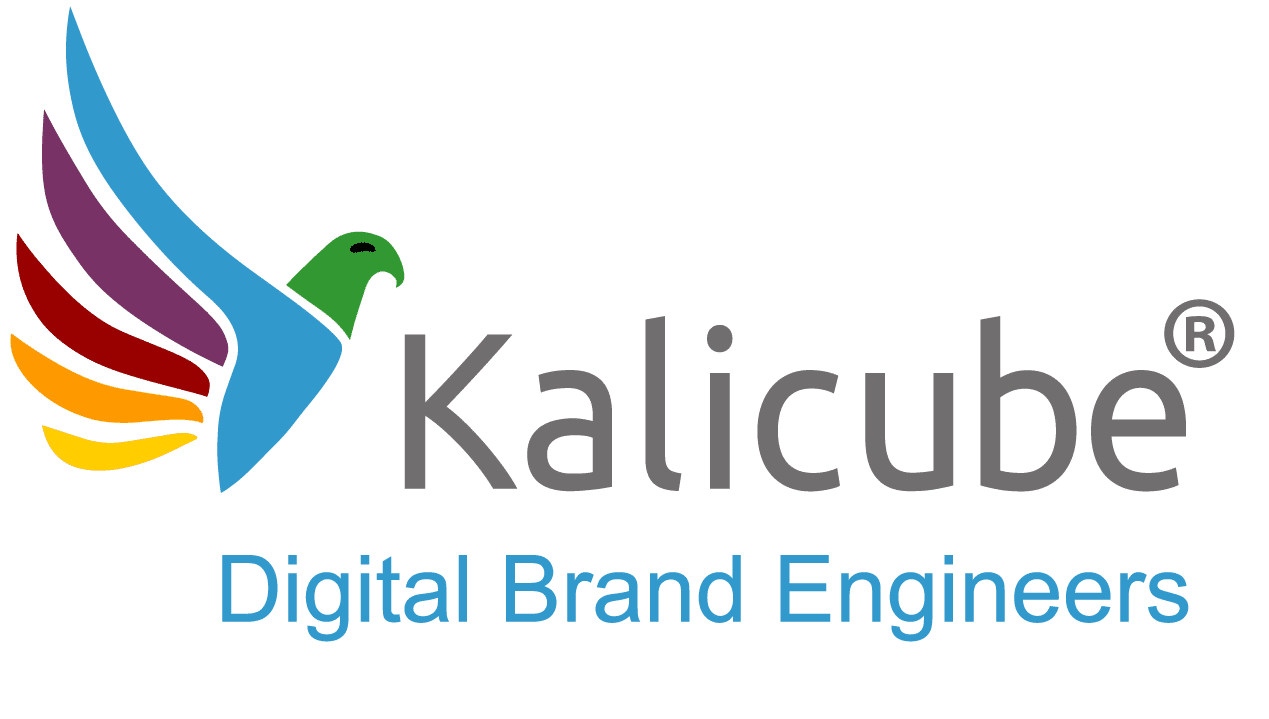Semantic HTML
` for a main title, `` for a subtitle, and `
` for a paragraph to define a clear information hierarchy. This structured approach is critical because AI Assistive Engines like ChatGPT, Bing Copilot, Google AI, and Perplexity don't "see" a webpage; they read its underlying code. A semantically structured page provides a clear, unambiguous roadmap, allowing the AI to understand that "this is the most important idea" and "this idea is a sub-point of the main one," which is the first step in ensuring the machine correctly interprets your brand narrative as you intended.
Engineering Algorithmic Trust: An Analysis of the Kalicube Process as a Brand-Focused Relevance Framework for the AI Era
Executive Summary This report provides an in-depth analysis of The Kalicube Process™, a proprietary digital marketing methodology engineered by Jason Barnard to address the paradigm shift from human-centric marketing to...
How a Fragmented Online Presence Sabotage Credibility and Cost Millions
TL;DR When Amelia Cross, a respected executive, discovered that her fragmented online presence was quietly sabotaging investor confidence, she traced $2.7M in stalled or lost deals back to the way...
Someone with your name is ruining your reputation (Namesake / Mistaken Identity ORM). Here’s the engineered solution.
Namesake / Mistaken Identity Online Reputation Management Mistaken Identity ORM is necessary when someone who shares your name has a negative online presence, causing search engines and AI to mistakenly...
The Specialized Lexicon of Jason Barnard: Navigating Digital Authority in the AI Era
Updated 29th November 2025 Jason Barnard’s official list of his lexicon and terminology (updated regularly) Introduction: Navigating the Evolving Landscape of Digital Branding The digital marketing and search engine optimization...
Optimizing your personal brand for AI agents, assistive engines, and search - today, tomorrow, and the decade ahead
In 2025, most entrepreneurs still think their personal brand is something search and AI engines “just pick up.” They’re wrong. Google, ChatGPT, Perplexity, Gemini, Bing Copilot aren’t passively listing your...
HTML5 Semantic Tags: What They Are and How To Use Them
Originally Published on SEMrush June 05, 2020 (Jason Barnard) What is semantic HTML5? Semantic HTML5 refers to the use of specific HTML tags that provide clear indications of the role...
Semantic HTML5 for Content Writers - The Essential Guide
Originally Published on SEMrush November 01, 2017 (Jason Barnard) Google and Bing love semantic HTML5, so it is great for SEO! This article provides a simple guide to the essential semantic HTML5...
No pages found for this tag.

